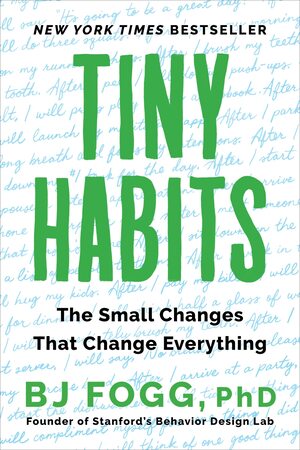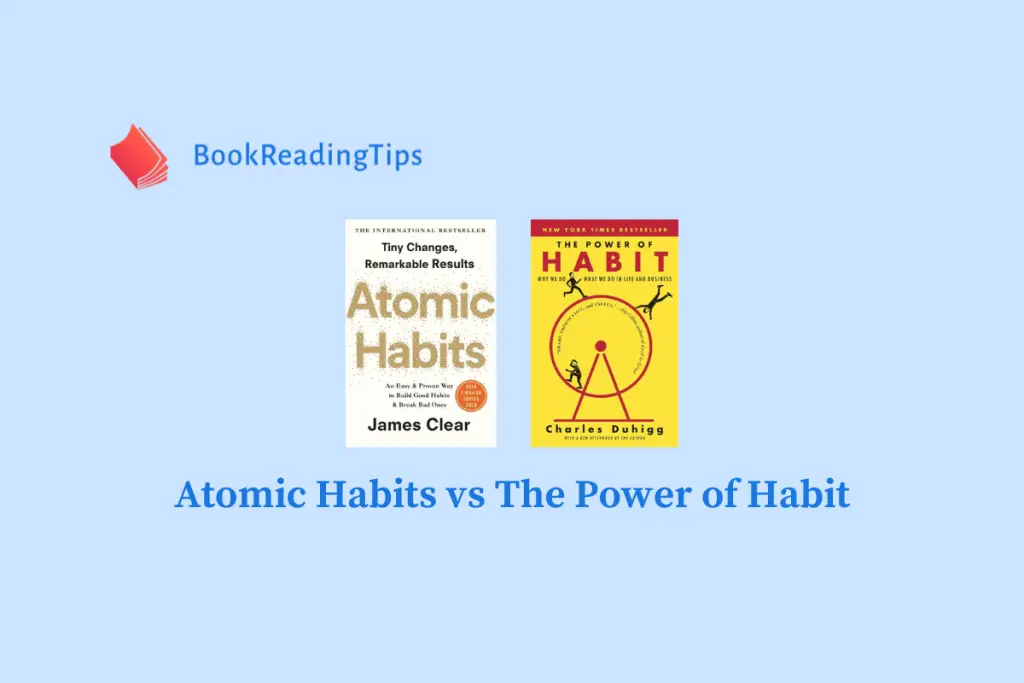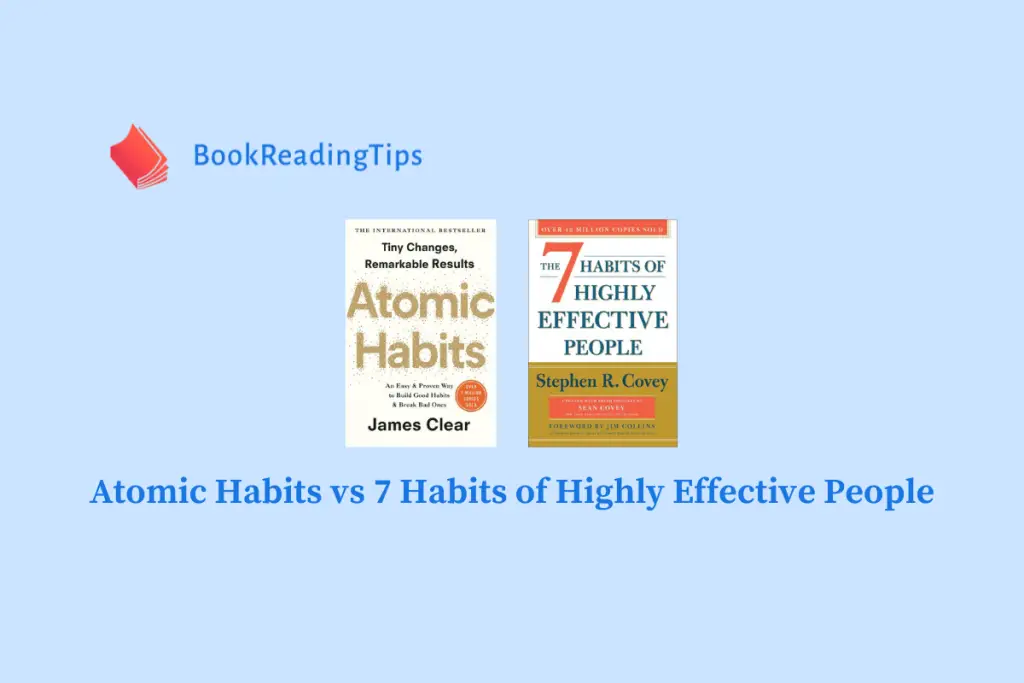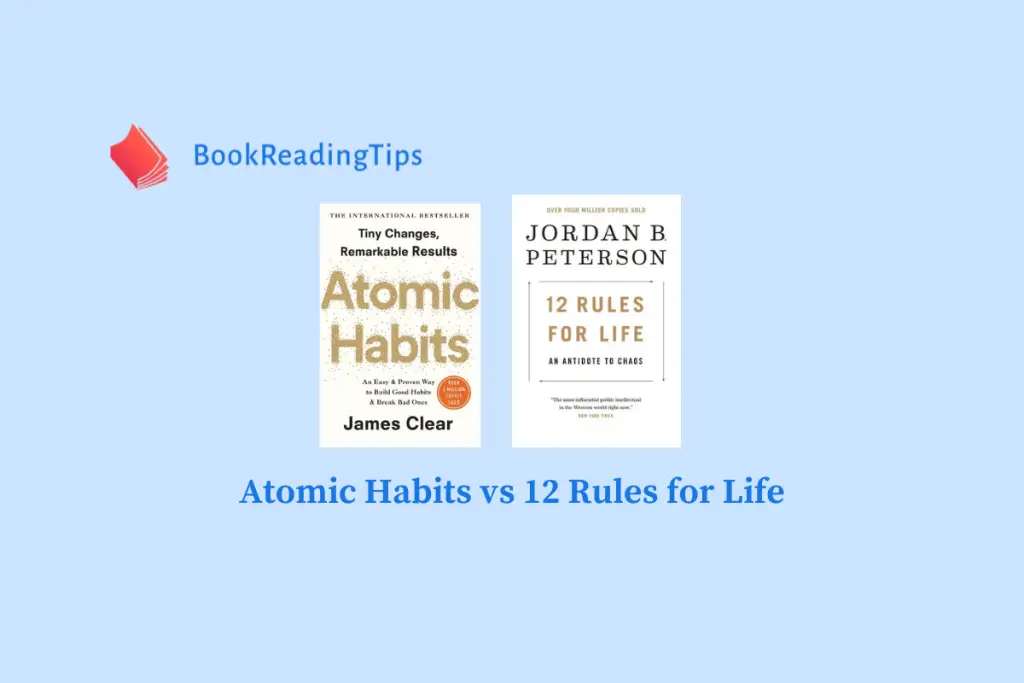When it comes to building habits that can transform your life, two popular books stand out, offering unique and effective approaches: Atomic Habits by James Clear and Tiny Habits by BJ Fogg. Both books have gained widespread recognition, but they differ in several aspects, making each appealing to specific audiences and individual needs.
In Atomic Habits, you will discover a comprehensive guide to creating and maintaining positive habits backed by science and real-life examples. This book provides readers with practical strategies and techniques for breaking bad habits and establishing good ones. On the other hand, Tiny Habits emphasizes a more focused and straightforward approach by breaking habits down into small, manageable steps that, with continued practice, lead to significant behavioral changes.
Choosing between these two books depends on your goals and personal preferences. While Atomic Habits offers a broader perspective, supported by various tools and anecdotes, Tiny Habits caters to individuals seeking a simpler and more direct path to forming new habits. Whichever book you decide to explore, you are likely to find valuable insights to help you achieve your personal and professional aspirations.
Table of Contents
- About Atomic Habits
- About Tiny Habits
- Foundational Principles
- Implementation Techniques
- Long-term Sustainable Change
- Real-world Applications
- Conclusion
About Atomic Habits

Atomic Habits, written by James Clear, is a highly acclaimed book that focuses on helping you implement small, incremental changes in your daily routine that can lead to remarkable results in your life. The underlying principle is that by concentrating on improving just 1% each day, these tiny changes will accumulate and compound over time, ultimately leading to significant progress.
The book encourages you to shift your focus from setting ambitious goals to building systems that allow you to consistently improve. You’ll learn about the four-step process of habit formation: Cue, Craving, Response, and Reward. By understanding how these steps work together, you can create sustainable habits that stick and avoid falling into the trap of relying solely on willpower or motivation.
One key concept presented in Atomic Habits is the idea of habit stacking. This involves combining new habits with existing ones to make them easier to adopt. For instance, if you want to start journaling every day, you can stack this habit onto your existing daily habit of drinking coffee, so that after your cup of joe, you immediately write in your journal.
Finally, the book emphasizes the importance of creating an environment that supports your habit-building efforts. By designing your surroundings to promote good habits and eliminate bad ones, you increase your chances of success.
Remember, Atomic Habits aims to help you create lasting change in your life by focusing on the power of small, actionable adjustments, and embracing long-term growth.
About Tiny Habits

In Tiny Habits, author BJ Fogg presents a method that emphasizes the power of small, easily achievable actions to create lasting change in your life. By focusing on minimal transformations that are simple to implement, you can build a solid foundation for more substantial changes in the future.
One key aspect of Tiny Habits involves identifying anchor moments or existing routines in your day, to which you can attach new habits. For instance, you might decide to do two push-ups each time you pour a glass of water. By connecting the new action with existing practice, it becomes more effortless to remember and integrate it into your daily life.
Another important concept in the Tiny Habits approach is the idea of celebrating your success. When you complete a new habit, even a small one, take a moment to acknowledge and appreciate your progress. By reinforcing the positive emotions associated with your new routine, you’ll be more likely to stay consistent and motivated.
While both Tiny Habits and Atomic Habits share similar ideas, such as the impact of cultivating small habits and the importance of environment design, they differ in their emphasis and approach. Tiny Habits focuses on simplicity, anchor moments, and easy-to-achieve actions, providing a gentle starting point for anyone looking to make a change. By adopting these techniques, you will gain the confidence and knowledge needed to build a sustainable and rewarding habit structure in your life.
Foundational Principles
Habit Formation
Both Atomic Habits and Tiny Habits books aim to help you inculcate life-changing habits by breaking them down into manageable steps. In Atomic Habits, James Clear explains that the key to habit formation is focusing on the system rather than the goal. By improving the system, you will eventually achieve the desired habits. In Tiny Habits, BJ Fogg emphasizes the importance of starting with small and easy habits to make them more achievable and sustainable.
One primary difference between the two books is their approach to evidence and intended audience. While Atomic Habits provides a comprehensive overview of the science behind habits, Tiny Habits is focused more on the simplicity of habit formation and implementation.
Iterative Steps
Both books share the idea that habits should be formed through a series of small, iterative steps. James Clear’s Atomic Habits proposes a four-step habit loop, which consists of:
- Cue: the trigger that initiates the habit
- Craving: the motivation behind the habit
- Response: the actual habit or behavior
- Reward: the positive feedback that reinforces the habit
By understanding and manipulating these four elements, you can create and maintain more sustainable habits.
On the other hand, BJ Fogg’s Tiny Habits suggests the following three-step approach:
- Anchor: a pre-existing habit or routine that serves as a reminder for the new habit
- Tiny Behavior: a small and easily achievable action related to the desired habit
- Celebration: a positive emotion experienced immediately after completing the tiny behavior, reinforcing the habit
As you go on with your habit-building journey, it’s crucial to adapt and refine your methods according to your needs and preferences. By focusing on these foundational principles, you can develop habits that lead to a better version of yourself. Remember that the emphasis is on the process and consistency, not just the end result.
Implementation Techniques
When comparing Atomic Habits by James Clear and Tiny Habits by B.J. Fogg, it is important to examine the implementation techniques presented in both books. By understanding these approaches, you can make an informed decision on which method is better suited to your needs.
Environmental Design
In Atomic Habits, James Clear emphasizes the importance of consciously creating an environment that facilitates the development of desired habits. This can be done by:
- Making cues for good habits more visible and prominent.
- Reducing exposure to triggers associated with bad habits.
- Simplifying your environment to minimize distractions and temptations.
On the other hand, B.J. Fogg’s Tiny Habits method focuses on the concept of anchor moments. These are existing routines or rituals in your life that can act as triggers for the development of new habits. By connecting new habits to these anchors, you increase the likelihood of integrating them into your daily life.
Identity-Based Approach
Another key difference between the two methodologies is the mindset both authors encourage:
In Atomic Habits, the focus is on developing an identity-based approach. Clear believes that your habits should not only be an outcome of what you want to achieve but also a reflection of the person you want to become. In order to achieve long-lasting behavior change, you must adopt a new self-image that aligns with the habits you want to cultivate. You can do this by:
- Asking yourself: What would a [desired identity] person do?
- Focusing on small actions that reinforce your desired identity.
- Celebrating small wins and progress towards becoming the person you want to be.
Conversely, Fogg’s Tiny Habits emphasizes the simplicity and ease of habit formation. By selecting small, achievable actions (Fogg calls them tiny habits) that require minimal motivation and effort, you can experience immediate success. As you consistently perform these tiny habits, over time, they can grow into larger, more substantial behavior changes.
Both Atomic Habits and Tiny Habits offer valuable insights and techniques for habit formation and personal development. Depending on your goals, personal preferences, and learning style, you may find one method more appealing and effective for your journey.
Long-term Sustainable Change
Behavior Breakdown
In order to achieve long-term sustainable change in your habits, it’s important to understand the mechanisms behind the behavior. Both Atomic Habits and Tiny Habits offer different approaches to breaking down and rebuilding your habits.
In Atomic Habits, James Clear focuses on creating a system where every action is made up of smaller, more manageable actions. This allows you to make incremental improvements and compound them over time, leading to meaningful change.
On the other hand, Tiny Habits by BJ Fogg emphasizes the importance of starting small and celebrating every success, ultimately making the process enjoyable and sustainable for long-term change.
Consistency Factors
Consistency is the key to forming and maintaining habits, and both books provide strategies to maintain consistency in your habit-building journey.
Atomic Habits introduces the concept of habit stacking, suggesting that you link new behaviors to existing habits. By doing this, you create a trigger that’s already rooted in your daily routines, making it more likely that you’ll stick to the new habit.
Meanwhile, Tiny Habits focuses on the idea of B=MAP (Behavior = Motivation + Ability + Prompt). According to Fogg, by making a habit easy to perform, increasing your motivation, and setting up a prompt to remind you, you can generate consistency in your habits.
Ultimately, both Atomic Habits and Tiny Habits offer distinct approaches to breaking down behaviors and fostering consistency in habit formation. By understanding these methods and applying the strategies that work best for you, you can work towards achieving long-term sustainable change in your life.
Real-world Applications
Health and Fitness
Incorporating habits from Atomic Habits and Tiny Habits can significantly improve your health and fitness journey. By focusing on small, manageable habits, you can make gradual progress towards your goals. For instance, start with a 5-minute walk or a single push-up and gradually increase it over time. This approach can help you build exercise routines that you can stick to long-term.
Key Takeaways:
- Focus on small, incremental habits.
- Make gradual progress to avoid feeling overwhelmed.
- Apply compound interest of habits for long-term success.
Productivity and Personal Growth
Both Atomic Habits and Tiny Habits emphasize the importance of systems and processes to enhance your productivity and personal growth. They recommend breaking down complex tasks into simple steps to make them more achievable. For example, if you want to read more, start by reading just one page per day. By making it easy and achievable, you’ll slowly but surely develop the habit of reading more often.
Key Takeaways:
- Break down complex tasks into simple steps.
- Prioritize consistency over intensity.
- Implement systems and processes that support your goals.
Relationships and Social Skills
Developing healthy habits in your relationships and social interactions can lead to improved communication, empathy, and emotional intelligence. Both Atomic Habits and Tiny Habits offer strategies that can be applied to strengthen your relationships. For example, commit to sending a quick text or an email of appreciation to someone you care about once a week.
Key Takeaways:
- Focus on small, intentional actions to foster stronger relationships.
- Develop habits to improve communication and empathy.
- Enhance emotional intelligence for better social skills.
By applying the principles from both Atomic Habits and Tiny Habits in various aspects of your life, you can make meaningful improvements and achieve lasting, positive change.
Conclusion
In comparing Atomic Habits and Tiny Habits, it’s essential to recognize that both books emphasize the power of small changes in creating significant results. However, they differ in their approach and focus.
As you explore Atomic Habits, you’ll find a comprehensive system built around the idea of compound growth. This book offers practical strategies and tools to optimize your habits for success, regardless of your goals. With an emphasis on identity and behavior change, this book may resonate with those looking for a holistic approach to transforming their lives.
On the other hand, Tiny Habits focuses on multiplying successes through the smallest behaviors. By breaking habits down into manageable components, it becomes easier to create lasting change without relying too heavily on motivation. This book is particularly beneficial if you’re looking for a simpler, more intuitive approach to habit formation.
Ultimately, choosing between Atomic Habits and Tiny Habits depends on your personal preferences and the type of guidance you seek in habit formation. Both books offer valuable insights and practical advice, so consider your unique needs when selecting the one that works best for you.




